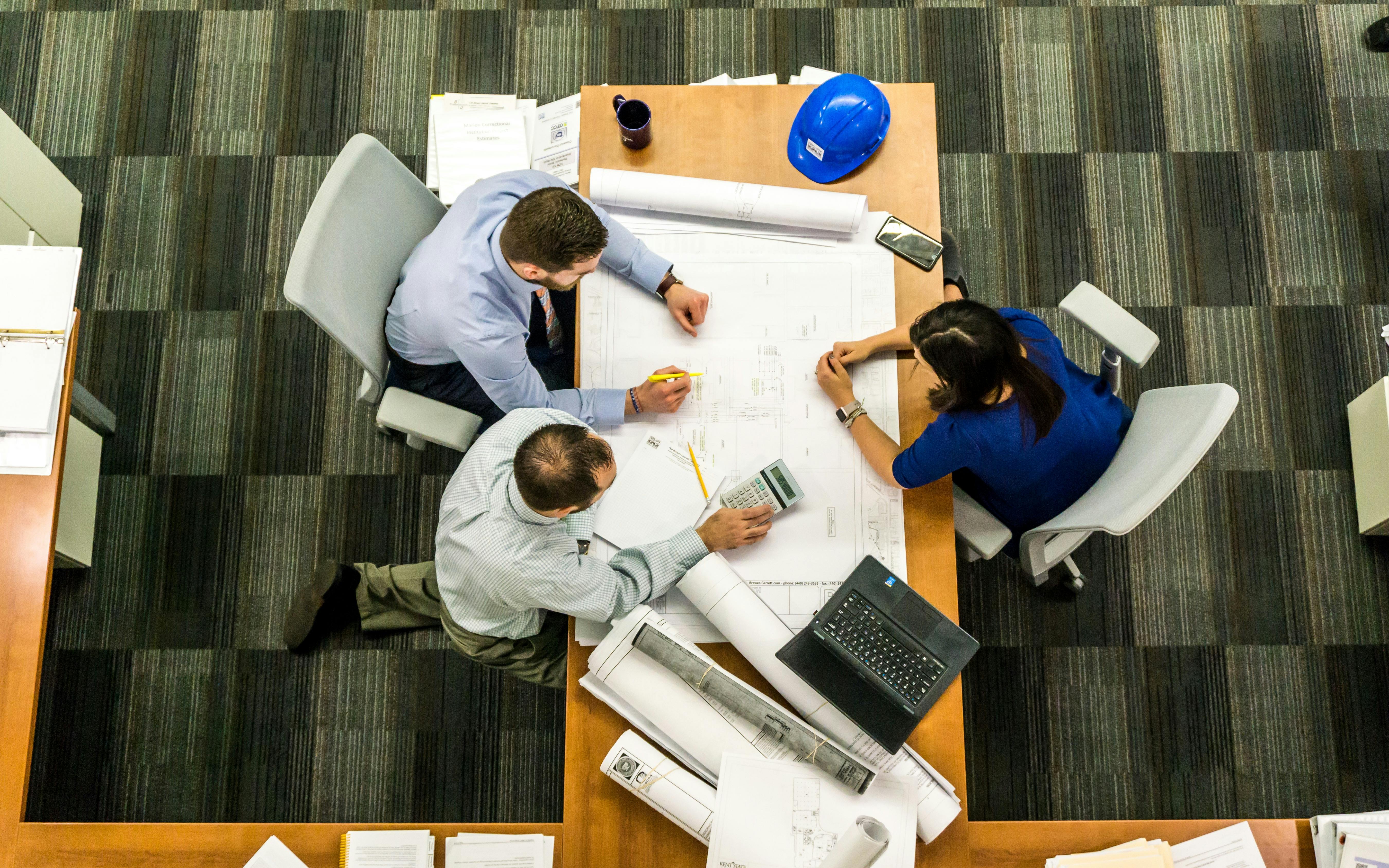
Top Construction Trends in 2025: What’s Shaping the Industry?
The construction industry is evolving rapidly, driven by technological advancements, sustainability concerns, and changing market demands. In 2025, several key trends are set to redefine how buildings and infrastructure are designed, built, and maintained. As global challenges such as climate change, labor shortages, and rising material costs continue to impact the sector, innovation has become more critical than ever.
1. Sustainable and Green Construction
One of the biggest trends is sustainable construction, with a strong focus on eco-friendly materials, energy-efficient designs, and net-zero buildings. Builders and developers are increasingly using recycled materials, green concrete, and carbon-neutral construction techniques to reduce environmental impact. Moreover, energy-efficient designs incorporating solar panels, smart glass, and geothermal heating are becoming the norm. With governments worldwide tightening regulations on carbon emissions, sustainability is no longer an option but a necessity.
2. 3D Printing and Advanced Prefabrication
Innovations like 3D printing are making construction faster, more cost-effective, and less wasteful. Companies are now printing entire houses using advanced materials, drastically reducing construction time and labor costs. Similarly, modular and prefabricated construction methods are gaining popularity, allowing builders to manufacture components in a controlled factory environment before assembling them on-site. This approach not only increases efficiency but also enhances quality control and reduces construction waste.
3. AI and Automation in Construction
Artificial intelligence (AI) and automation are revolutionizing project management and risk assessment. AI-powered software can now analyze vast amounts of data to predict potential project delays, optimize resource allocation, and enhance safety protocols. Automation, including robotic bricklayers and AI-powered cranes, is reducing the dependency on manual labor while improving precision and efficiency. These technologies are particularly beneficial in addressing labor shortages and ensuring faster project completion.
4. Smart Technology Integration
Smart buildings and IoT (Internet of Things)-connected devices are becoming a standard feature in both residential and commercial projects. IoT sensors can monitor energy usage, predict maintenance needs, and enhance building security. Drones and wearables are being used to improve safety by conducting real-time site inspections, monitoring worker health, and reducing risks in hazardous environments. As buildings become more intelligent, occupants and facility managers will have greater control over efficiency and security.
5. Digital Twin Technology
A digital twin is a virtual replica of a physical construction project, enabling builders to simulate and optimize designs before actual construction begins. This technology helps architects, engineers, and project managers detect issues early, saving both time and costs. By integrating real-time data from IoT sensors, digital twins provide continuous monitoring and predictive maintenance insights, making construction projects more efficient and resilient.
6. The Rise of Sustainable Urban Planning
As cities continue to expand, urban planners and developers are focusing on sustainable city development. Concepts like walkable cities, green roofs, vertical forests, and smart transportation systems are becoming priorities. Governments and private companies are working together to implement eco-friendly urban development strategies that prioritize sustainability and reduce congestion.
7. Construction Safety Innovations
Safety remains a top concern in the construction industry, and emerging technologies are significantly improving workplace safety. Exoskeletons are helping workers reduce strain and injury, while AI-driven safety monitoring systems can detect potential hazards in real time. Additionally, virtual reality (VR) is being used for safety training, allowing workers to practice handling dangerous situations in a risk-free environment.
Conclusion
As the industry embraces these cutting-edge trends, construction professionals must stay informed and adapt to remain competitive. Whether through sustainable materials, automation, or smart technology, the future of construction is all about innovation and efficiency. Businesses that invest in these advancements will not only improve project outcomes but also contribute to a more sustainable and safer built environment.
This blog explores these transformative trends in-depth, providing insights into how they will impact businesses, workers, and consumers in the coming years. Stay ahead of the curve by embracing these groundbreaking developments in construction!






